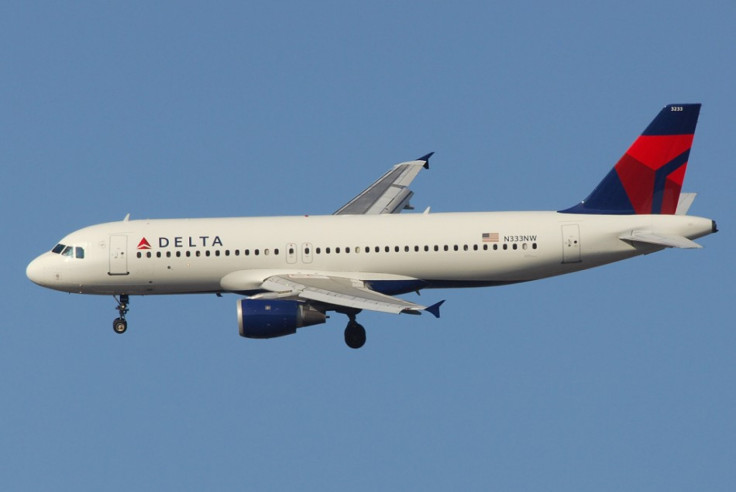Airbus Smells Good Business In Wider Plane Seats For Bigger Americans

Passengers in the U.S. who fly on Airbus 320 aircraft may soon be able to choose special seats that are designated for overweight people. That's the latest marketing idea from the European plane maker, which is locked in a decades-long sales battle with Boeing (NYSE: BA).
The A320 is doing well lately against its perennial rival, the Boeing 737, and according to a report by Bloomberg News, Airbus -- a unit of EADS (EPA:EAD) -- is seeking to build on that edge by offering airlines the option of installing wider seats that would appeal to the one-third of the American population that is obese.
Made by Florida-based B/E Aerospace Inc. (Nasdaq: BEAV), the economy-class seat would be 20 inches wide compared to 18 for standard seats today.
But space in aircraft is fixed, so expanding the aisle seat would mean shrinking the middle and window seats to 17 inches. 17 inches may not seem like much, but it's the same width of today's economy-class seats on the 737, which U.S. airlines use routinely on flights lasting more than five hours including coast-to-coast and to Hawaii.
(The 737, the biggest-selling jetliner ever, is slightly narrower than its Airbus competitor, by 7 1/2 inches, and airlines use narrower seats on it to keep a six-abreast layout.)
With more than 30 percent of Americans obese according to government data, there is money to be made for airlines in fees for wider seats.
Many airlines charge extra to book certain seats, such as those in emergency exit rows that offer more legroom. Those fees average 15 dollars per seat today -- and a similar fee for the 50 wider seats found in the typical cabin layout of an A320 would bring additional revenue of $750 per flight.
Hundreds of A320s and its near-identical siblings, the smaller A319 and the bigger, 200-seat A321, are flown by U.S. airlines. The only major airline that doesn't have them in the fleet and hasn't ordered any is Southwest.
One important thing would not change with he new seats, though, and that's seat pitch. It's the distance between the seat edge and the back of the seat in front of it, also known as legroom, and for most passengers it's a more relevant measure of comfort. It's been shrinking in the past decade as struggling airlines fill planes to maximize revenue, and it's now at 31 or 32 inches for most U.S. airlines in coach class. The new Airbus seat would not change that -- it's up to airlines to space their fixed-width seats however they want to, and with the air transport industry still in turmoil, it looks like they will try to keep packing people in as much as possible.
© Copyright IBTimes 2024. All rights reserved.




















